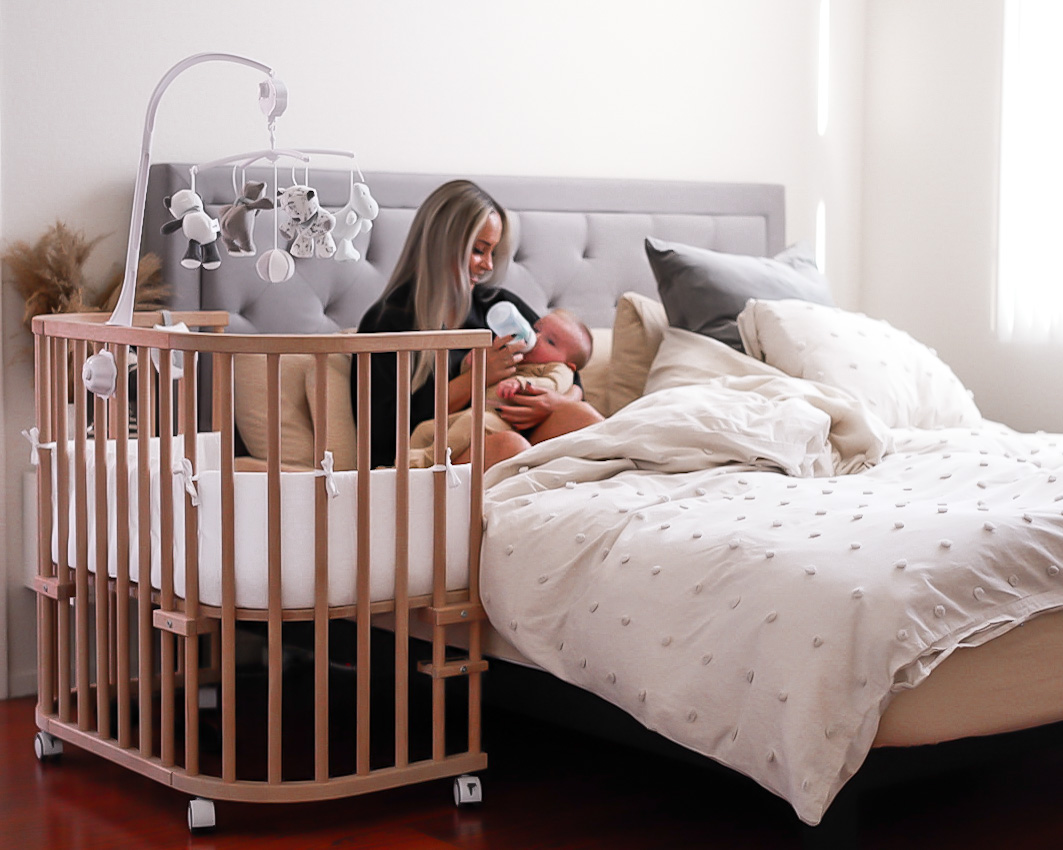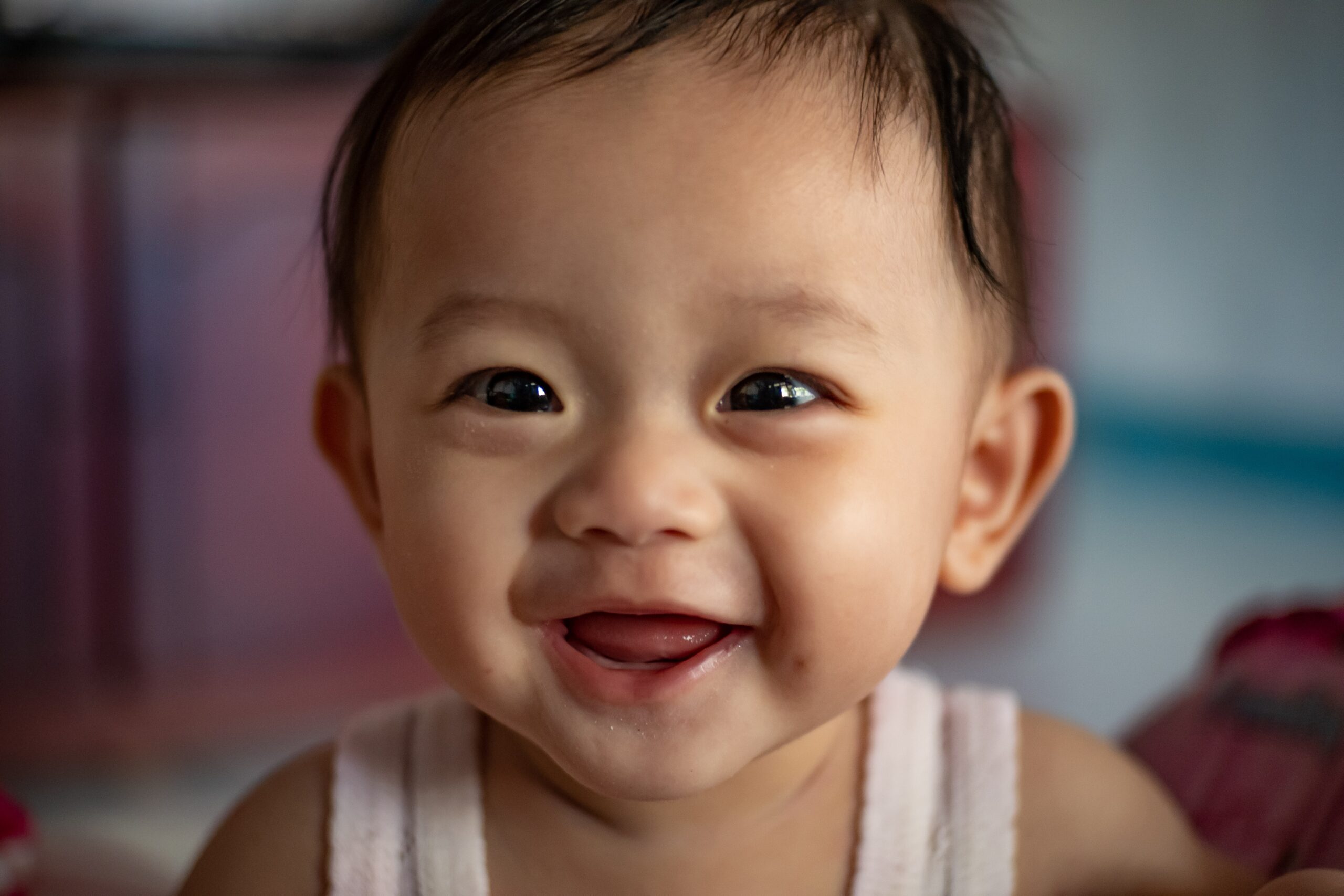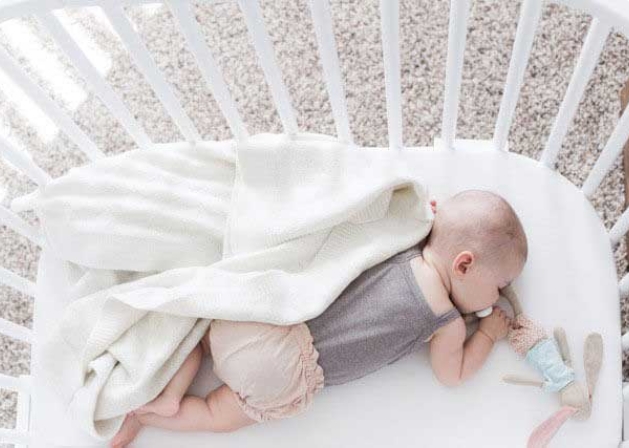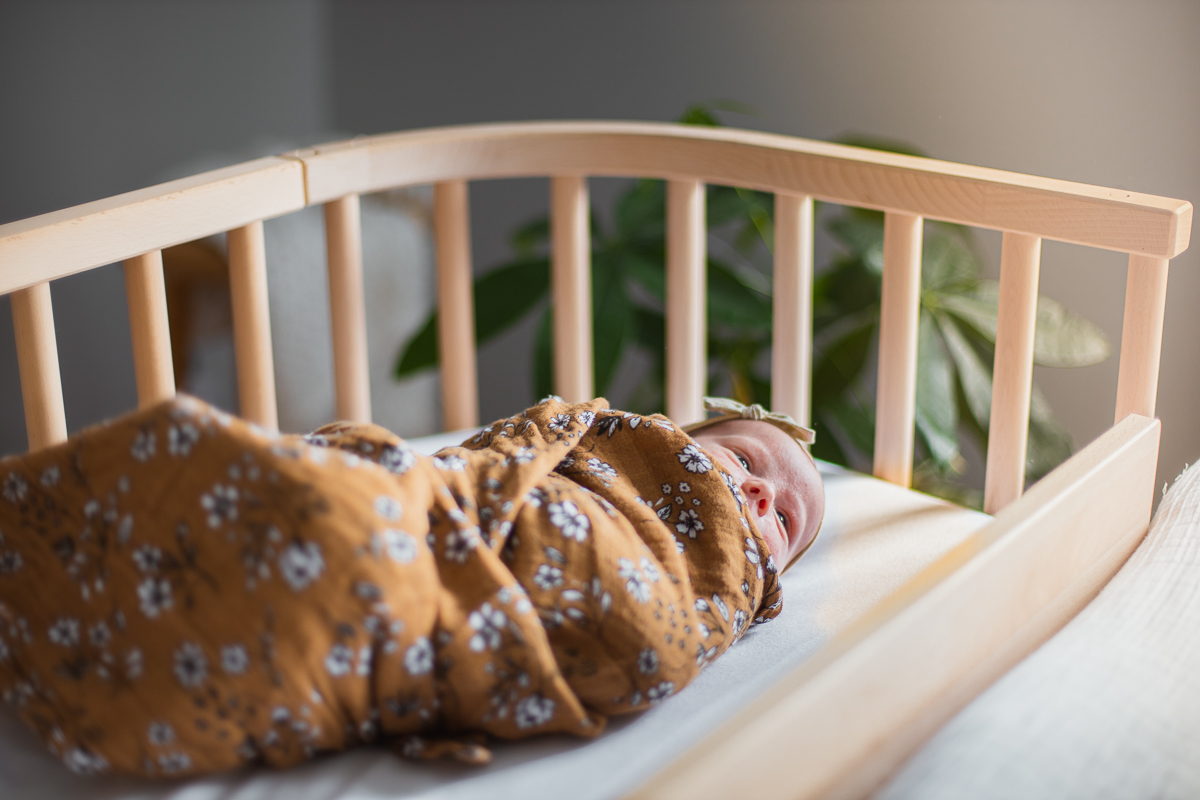
How to Co-Sleep With Your Newborn Baby (As Safely as Possible)

A Guide for Sleep Deprived Parents: How to Get Sleep with a Newborn

How to Safely Co-Sleep With Your Newborn in the Perfect Bedroom Setup

3 Big Benefits of Co-sleeping with your Newborn






Discount Applied Successfully!
Your savings have been added to the cart.